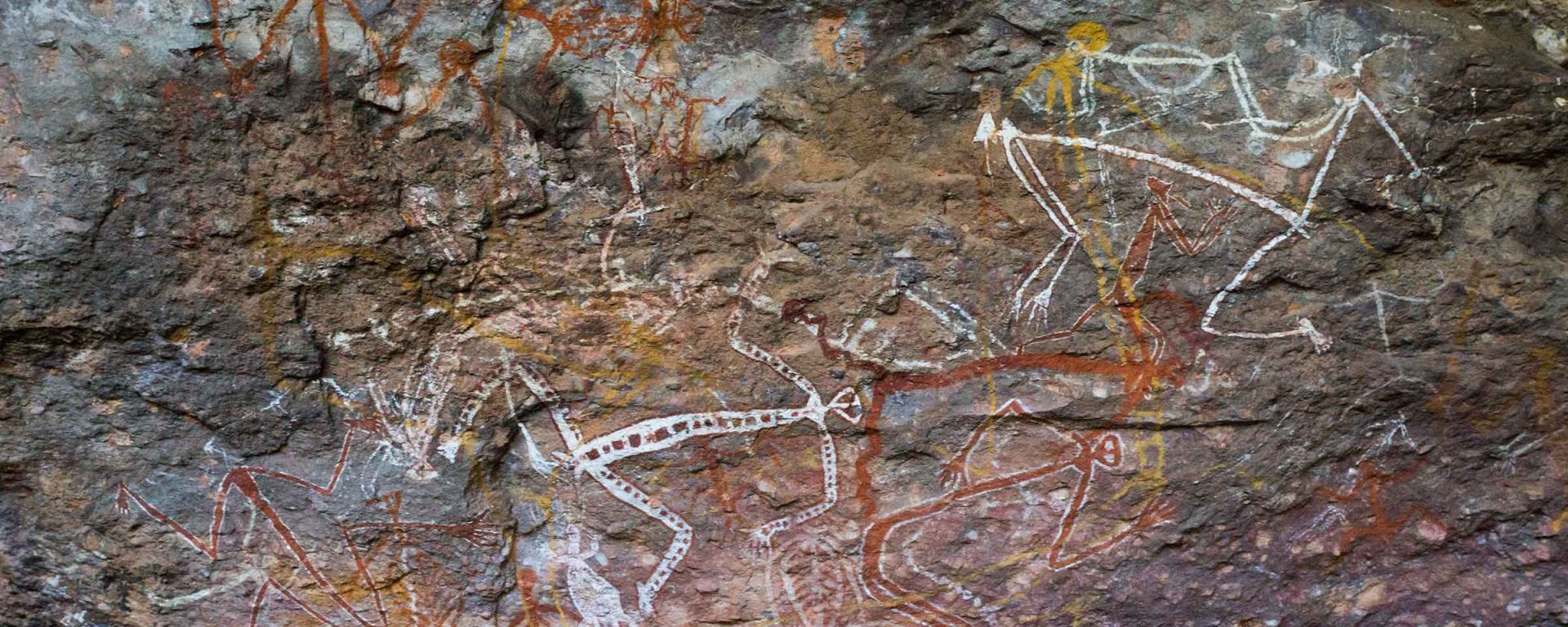Professor Susan Green works in the Charles Sturt University School of Indigenous Australian Studies. She argues that without teaching First Nations history, we show an incomplete version of Australia’s history. And this will see future generations struggle with the same issues the nation is facing today.
When asked what do I – a proud Wiradjuri woman – want to see included in school curriculums regarding First Nations history, the answer is simple. The truth, the whole truth, and nothing but the truth. But, in modern Australia, there has been an undeniable tendency to shy away from telling the truth about First Nations history.
First Nations history and #blacklivesmatter
As a starting point, it is worth noting that some of the domestic debate tied to the #blacklivesmatter movement has centred on where, in educational terms, First Nations Australian history fits into the wider Australian narrative. That’s part of the problem, because Australia’s history does not exist outside of Aboriginal history. In fact, there can’t be one without the other. Since 1770 they have been one and the same.
To ignore First Nations people and issues within Australian history is to tell an incomplete story. The stockman, the bushranger, the explorer, the ANZAC, the returned soldiers, the floods and bushfires, the overcoming of adversity. All of these identities and legacies involve First Nations people.
As expressed by Uncle Stan Grant senior, we do not live in two worlds, we live in the same world. Thus, there is no First Nations world and ‘white’ world and, therefore, no Australian history outside of First Nations history. We must tell our shared history – all of it, good and bad.
First Nations history is important for every generation
First Nations history is not something that ceased in either 1770 or in 1788. In every stage and movement of our nation’s progress, First Nations people have been there and been actively involved, even if that was via their exclusion, such as at Federation.
What about the children? I have heard for almost as many years as I have lived that if we tell children about the Stolen Generations, about the murders, and stolen land, they will not be able to cope because it is too much for them to comprehend.
That has never been my experience of children. Children are open-minded, and not affected by the same degree of personal guilt as adults. They can see something wrong and call it, and tend to empathise when they see or hear of wrongdoing. We do our children a great disservice by hiding the truth of important events in First Nations history like these from them.
The problem with hiding the bad bits of our history is that, in doing this, we also hide some of the good bits: the stories of great strength and resilience among Aboriginal people, and the stories of non-First Nations people who stood up and spoke out against what was happening, quite often at a great personal cost to themselves and their families.
Looking back to move forward
We offer a limited view of history. One which railroads any narrative that we have overcome a disastrous start to be a nation based on those values we like to claim: mateship and a fair-go for all.
In the words of Uncle Pat Connolly, you must look back, in order to move forward. And you need to know where you have been in order to know where you must go. If we do not know our past, we cannot address the legacies we have been left. We will keep fighting over things like the date of Australia Day. The role and commemoration of Captain Cook. Why we can’t get the ‘Closing the Gap’ programs outcomes right, and so on.
As our children and our children’s children are the ones who will inherit the legacy of our shared history, we owe it to them to make sure they know the truth about important events in First Nations history. To do otherwise is to open the door to ongoing ignorance. That’s a state which has resulted in damaging statements like those recently made by our former Prime Minister that there is no history slavery in Australia.
In the words of a young man who I had the pleasure of knowing before he passed from cancer at the age of 15, “you can’t have the beauty of a rose without the pain of the thorns”. Australia’s history is like that. Without knowing the full story, we can never truly celebrate our successes.
First Nations history – and student success
At Charles Sturt University, we offer dedicated support to First Nations students to help them succeed at university. And to create their future. And a postgraduate qualification – the Graduate Certificate in Indigenous Cultural Competency – to help anyone integrate First Nations history and culture into their professional life.
Get in touch to find out more.

